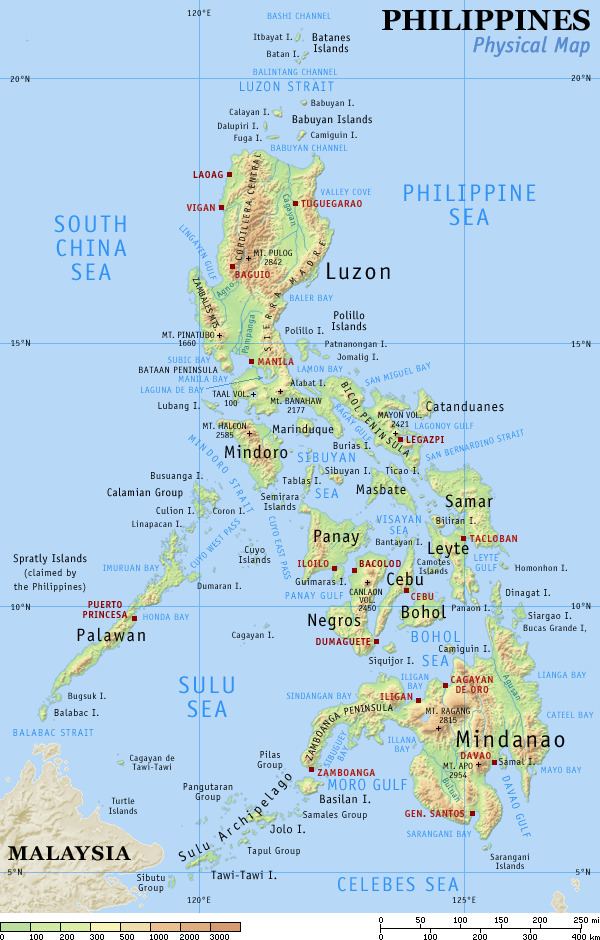 | ||
Along with other Southeast Asian countries deforestation in the Philippines is a major environmental issue.
Contents
Rate of deforestation
Over the course of the 20th century the forest cover of the Philippines dropped from 70 percent down to 20 percent.
In total, 46 species are endangered, and 4 were already eradicated completely. Only 3.2 percent of total rainforest has been left.
Based on an analysis of land use pattern maps and a road map an estimated 9.8 million ha of forests were lost in the Philippines from 1934 to 1988.
Causes
According to scholar Jessica Mathews, short-sighted policies by the Filipino government have contributed to the high rate of deforestation:
The government regularly granted logging concessions of less than ten years. Since it takes 30–35 years for a second-growth forest to mature, loggers had no incentive to replant. Compounding the error, flat royalties encouraged the loggers to remove only the most valuable species. A horrendous 40 percent of the harvestable lumber never left the forests but, having been damaged in the logging, rotted or was burned in place. The unsurprising result of these and related policies is that out of 17 million hectares of closed forests that flourished early in the century only 1.2 million remain today.
Illegal logging
Illegal logging occurs in the Philippines and intensify flood damage in some areas.
